
Church of San Paolo Eremita
Effective and long-lasting products for the restoration and consolidation of a church badly damaged by the passage of time - the intervention ensured the conservative restoration and consolidation of the Church of San Paolo Eremita and the safeguard of its ancient walls.
Thanks to the MAPE-ANTIQUE line, it was possible to carry out the work without compromising the historical significance of the walls, while the MAPEWOOD line products, which are chemically and physically compatible with the original wood, were used to restore and repair the wooden roof trusses. Lastly, the entire structure was consolidated with the help of products from the Mapei Structural Strengthening line.
Effective and long-lasting products for the restoration and consolidation of a church badly damaged by the passage of time.
Sunday, 28th October 2018 marked the reopening of the fourteenth century Church of San Paolo Eremita (St. Paul the Hermit), one of the most important sites of the city of Brindisi’s cultural heritage.
Naples State Archive conserves the most ancient document making reference to the church: a solemn ordinance dating back to 2nd March 1284 whereby Charles I of Anjou, King of Naples, granted permission for Franciscan monks to build a monastery and church, which went on to be completed in 1322.
Work commenced in November, 2016 and it took two years to complete the conservative restoration and consolidation work on the interior and exterior of the church. The work also included an overhaul of the roof over the aisle, the replacement of the wooden trusses for the apse and the new pitched roof, a thorough cleaning of all the altars and consolidation of the stone features and elements of the altars.
WINNING TEAMWORK ON SITE
The complex work commenced with a preliminary study carried out by Luigi Dell’Atti, a local architect who also guided the team of restorers. Right from the start of the design work, the team was assisted by Mapei Technical Services, with specialists from various product lines also involved. When more significant problems regarding static consolidation arose, Prof. Alberto Balsamo from the Federico II University of Naples was also called upon to provide his assistance. This team-synergy approach also included the active participation of the main contractor Nicolì SpA, which enabled the product systems to be identified and perfectly modulated to overcome the problems that arose regarding the structural strengthening, dehumidification and protection of both the interior and exterior of the church.
STATIC CONSOLIDATION OF THE STONE STRUCTURE
MAPE-ANTIQUE F21 binder was used to consolidate the stone structure and limestone vaulted ceiling of the church. This is a cement-free, salt-resistant product made from lime and Eco-Pozzolan used to make super-fluid, volumetrically stable slurries and was injected in the structure by using low-pression pumps.
For the installation layers and for pointing on the “natural finish” masonry of the church, on the other hand, the product chosen was MAPE-ANTIQUE ALLETTAMENTO salt-resistant masonry mortar, made from natural hydraulic lime and Eco-Pozzolan and available in 7 colours.
CONSOLIDATION OF THE SURFACE OF THE MASONRY
The surface of the masonry was consolidated in several steps. The first step was to pre-consolidate the surfaces with PRIMER 3296, an acrylic primer in water dispersion.
The larger cracks in the surface were then stitched with CARBOTUBE C 170/10 (pultruded carbon fibre tubes impregnated with epoxy resin) in combination with INJECTORS Ø23+MAPE-ANTIQUE F21.
CONSOLIDATION OF THE VAULTED CEILINGS
The vaulted ceilings were consolidated by capping them with MAPE-ANTIQUE STRUTTURALE NHL, a pre-blended, cement-free mortar for transpirant render and masonry work, based on natural hydraulic lime, Eco-Pozzolan, recycled materials, natural sands, micro-fibres, glass fibres and special admixtures. The use of this product, in combination with MAPENET EM 40 pre-impregnated, alkali-resistant glass fibre mesh (FRP) and MAPENET EM CONNECTOR 7 mm diameter and 200 mm long fibreglass connectors, formed a reinforced layer suitable to consolidate the extrados of sandstone vaulted ceilings.
The joints were reinforced with 6 mm diameter MAPEI STEEL BAR 316, ultra high-strength, AISI 304 and AISI 316 stainless steel helical bars, used in combination with MAPE-ANTIQUE ALLETTAMENTO.
CONSOLIDATION AND RESTORATION OF THE WOODEN TRUSSES
The wooden trusses were consolidated and restored using products from the MAPEWOOD SYSTEM. This line of products is made from special epoxy adhesives chemically and physically compatible with wood.
The surface of the wood was initially treated with MAPEWOOD PRIMER 100 – a fluid epoxy primer in water dispersion – and then with MAPEWOOD PASTE 140, a thixotropic epoxy adhesive for repairing wooden beams, trusses and columns.
THE DEHUMIDIFYING SYSTEM
The macro-porous dehumidifying system for the interior masonry of the church consisted of a scratch-coat layer of MAPE-ANTIQUE RINZAFFO cement-free, salt-resistant, transpirant mortar made from lime, Eco-Pozzolan and recycled materials.
This product was followed by a layer of MAPE-ANTIQUE MC, a special salt-resistant, macro-porous, dehumidifying rendering mortar made from lime and Eco-Pozzolan.
Once this layer had cured, the walls were skimmed with MAPE-ANTIQUE FC GROSSO, a salt-resistant, large-grained, transpirant skimming mortar made from lime and Eco-Pozzolan for a rough finish on renders.
STRENGTHENING THE MASONRY
The masonry was strengthened by applying reinforced render made from MAPEWALL RENDER & STRENGTHEN, a high strength, fibre-reinforced, natural hydraulic lime-based transpirant rendering and masonry mortar with very low emission level of VOC (Volatile Organic Compounds) for making structural render, even “reinforced” (CRM). The product was used in combination with MAPEGRID B250 primed alkali-resistant basalt fibre mesh which was fixed in place with L-shaped MAPENET EM CONNECTOR L20 glass fibre fasteners anchored with MAPEFIX PE WALL styrene-free chemical anchor.
PROTECTING THE STONE SURFACES
The stone surfaces of the church were treated to protect them from the action of heavy, driving rain with ANTIPLUVIOL W, a colourless, silane and siloxane-based water-repellent impregnator in watery emulsion which also improves the self-cleaning effect of the façade and reduces the capacity of moss and mildew from adhering to the material.





.jpg?sfvrsn=1aea0076_4)
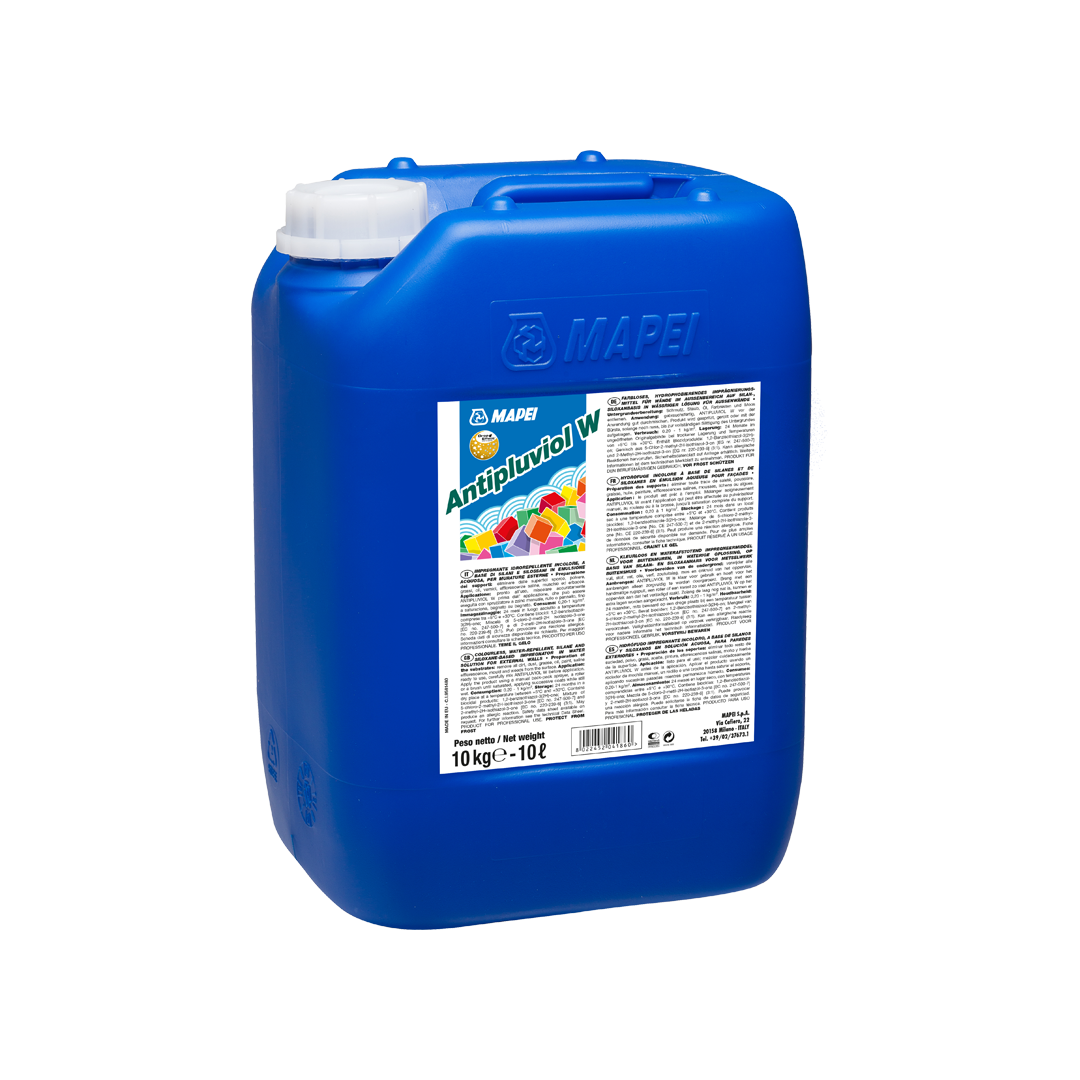
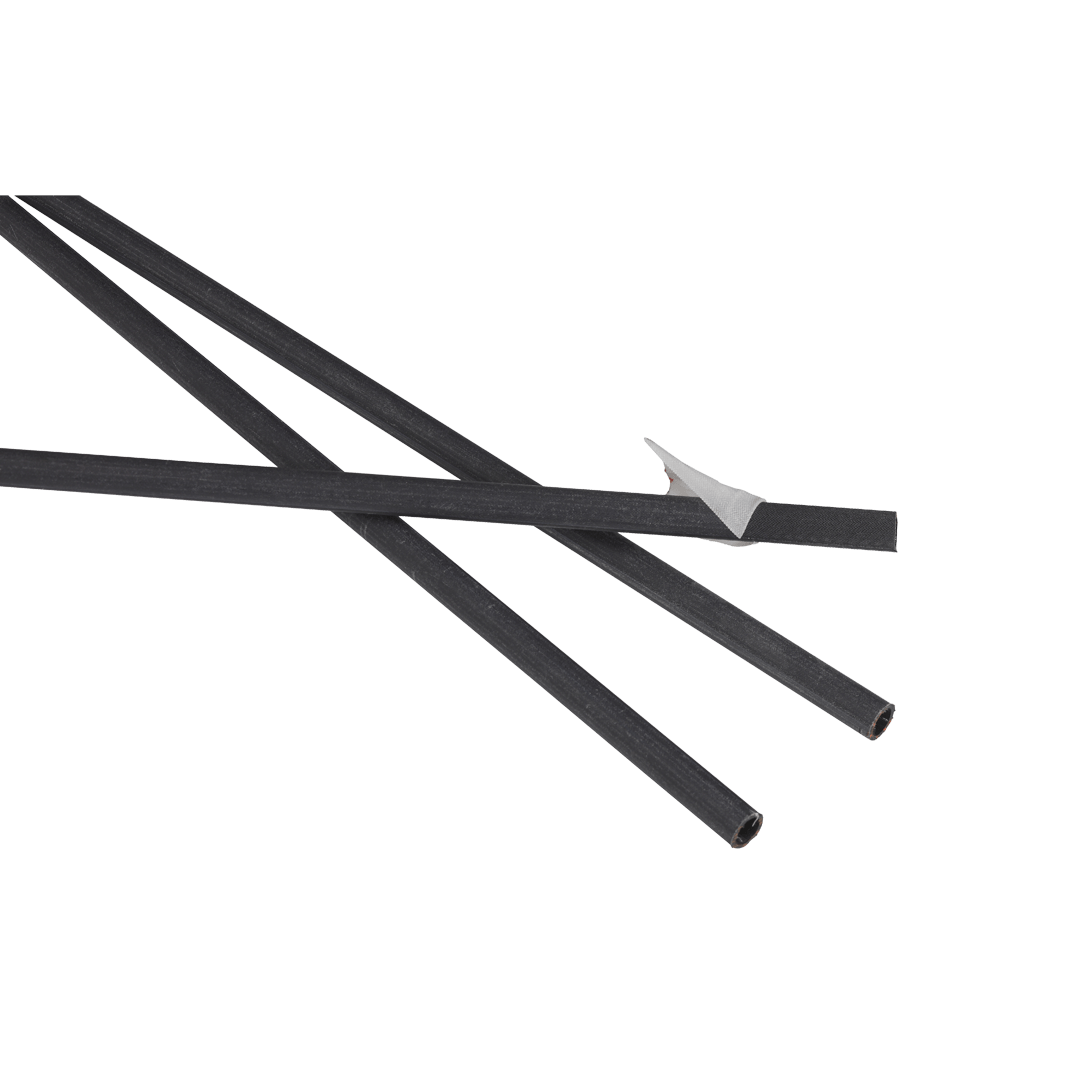
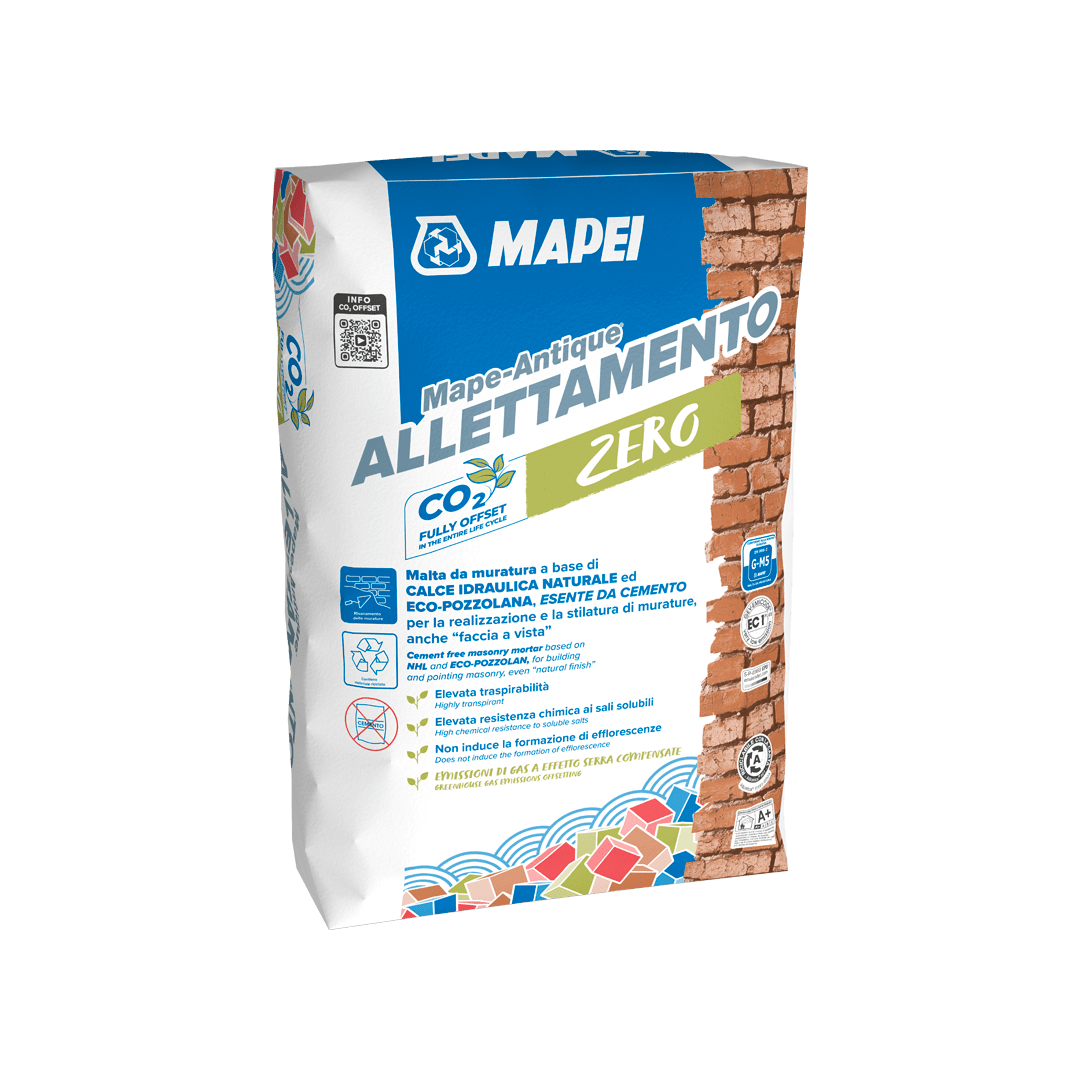


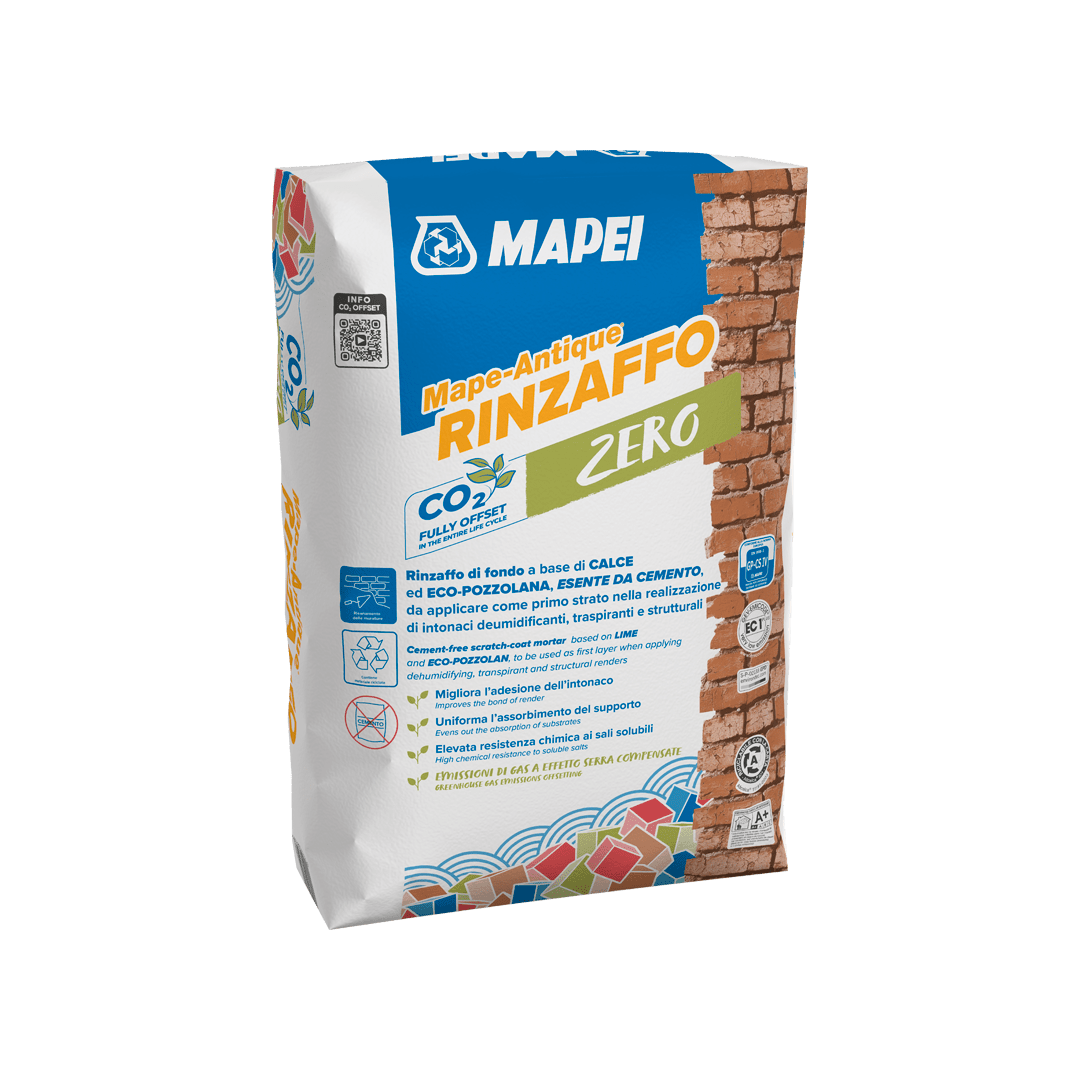
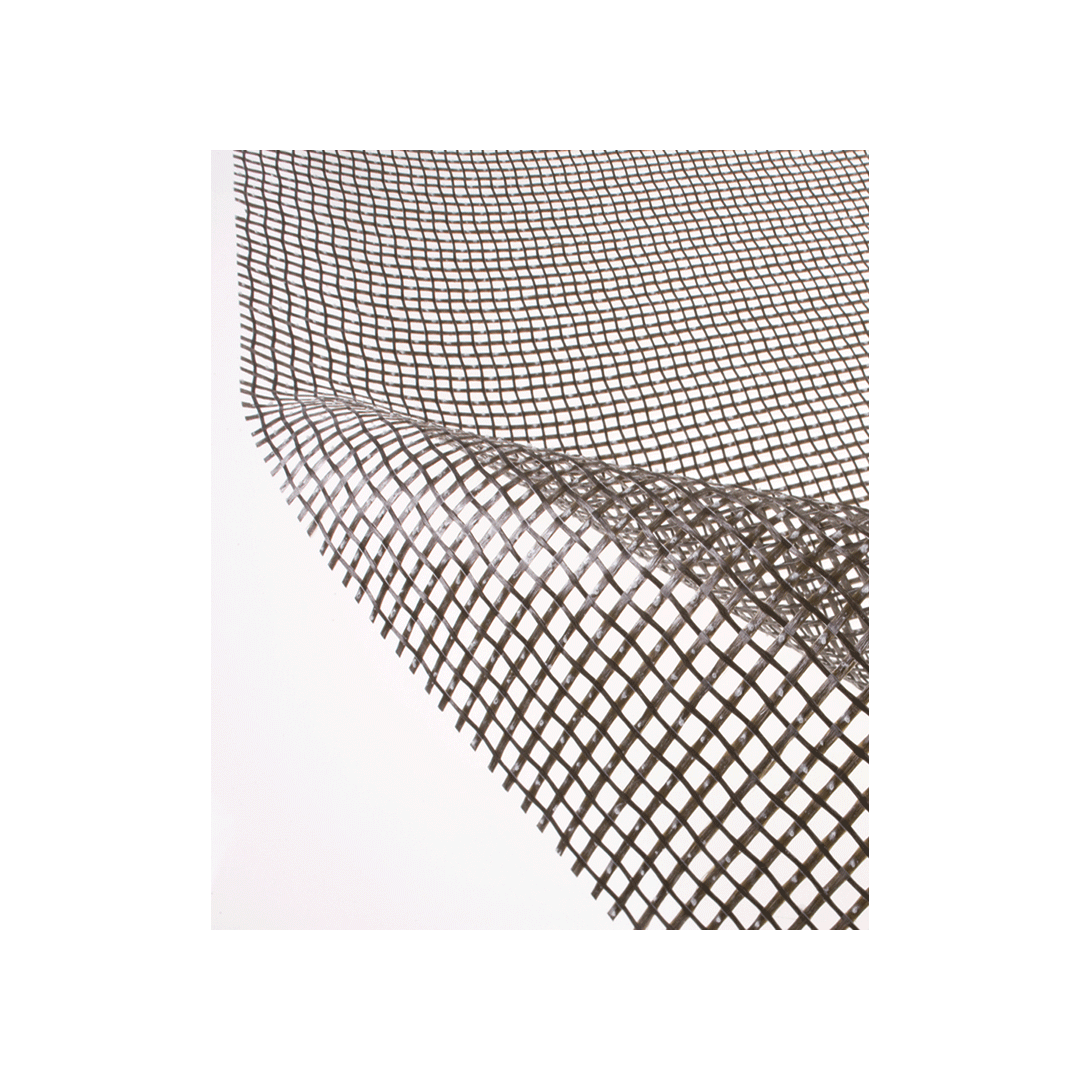
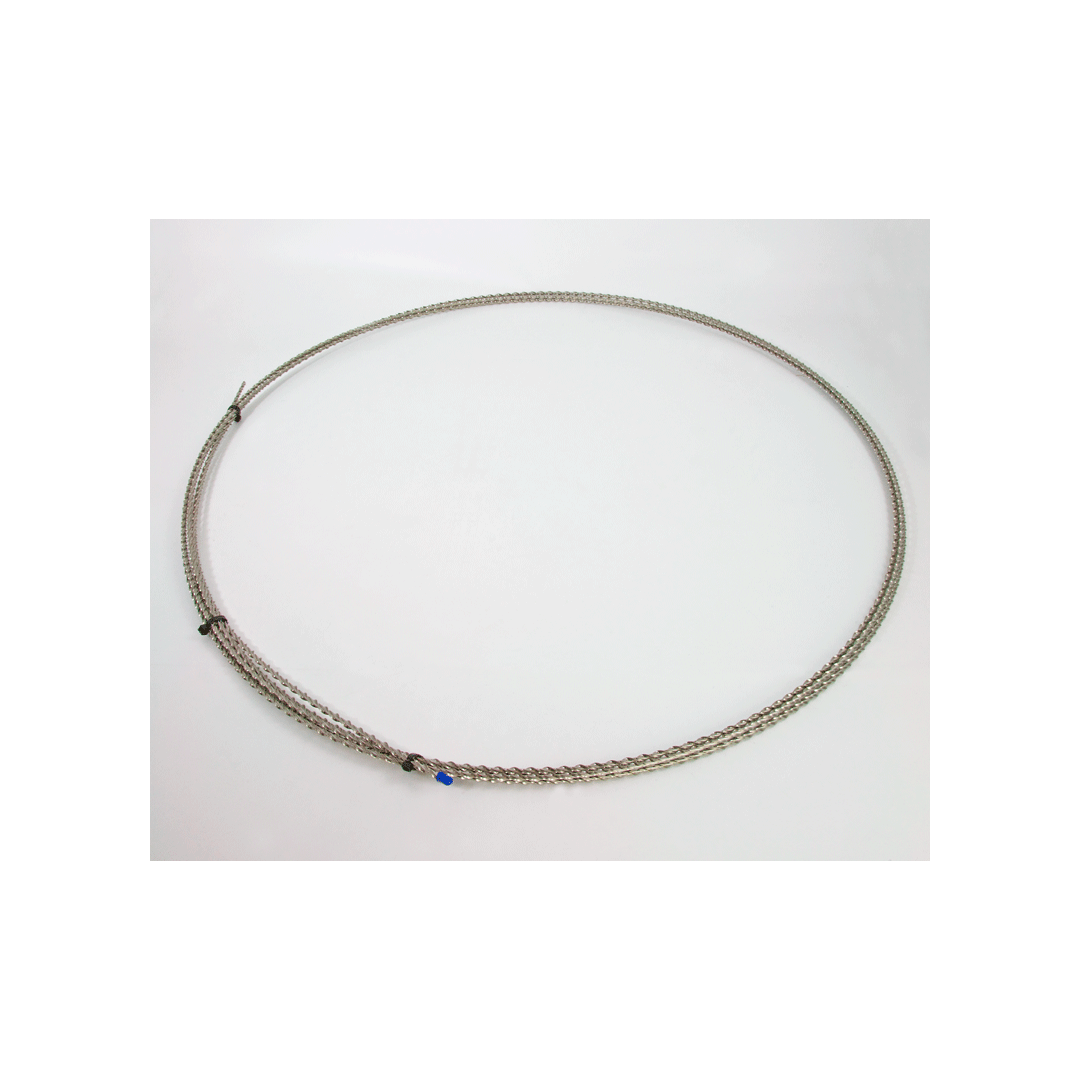
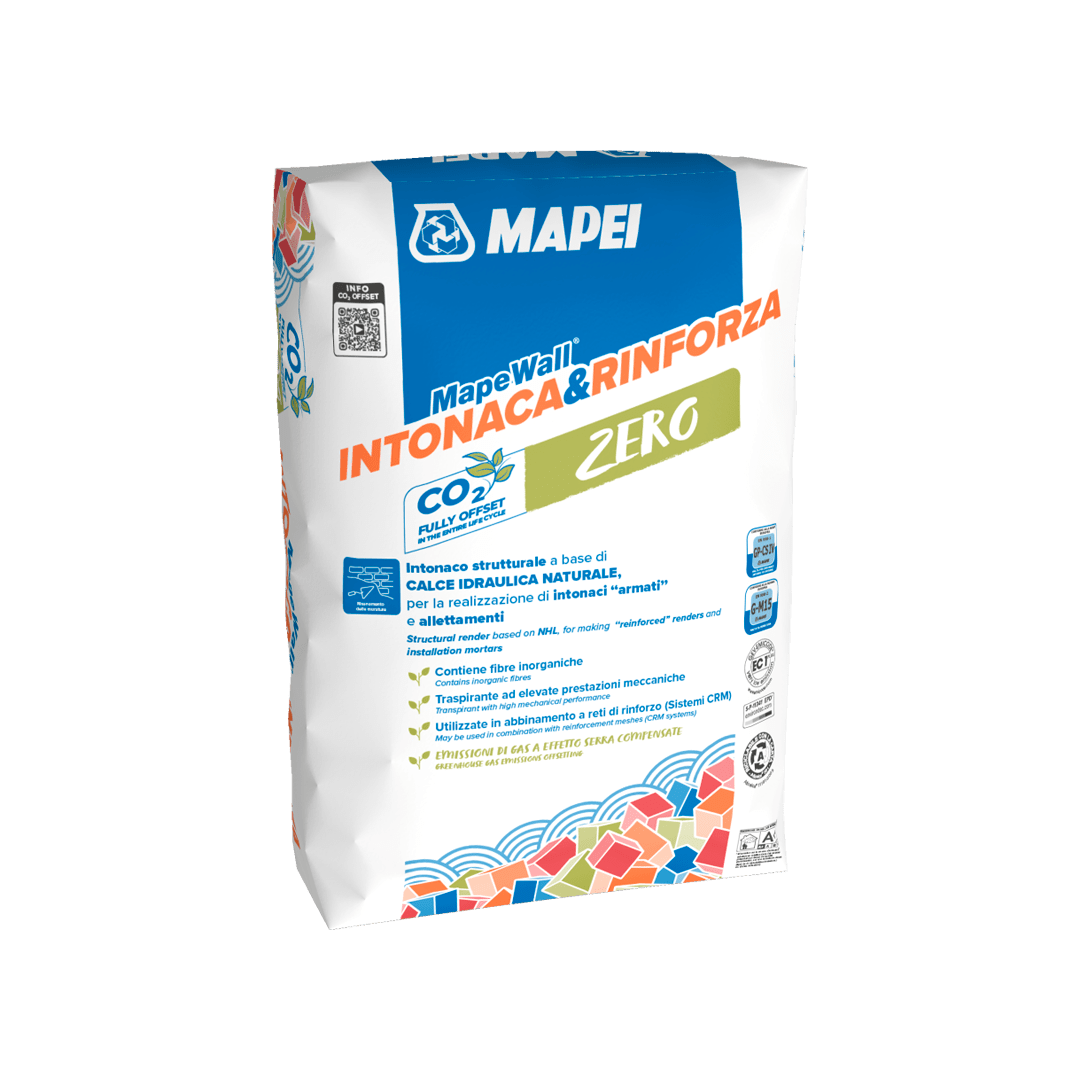
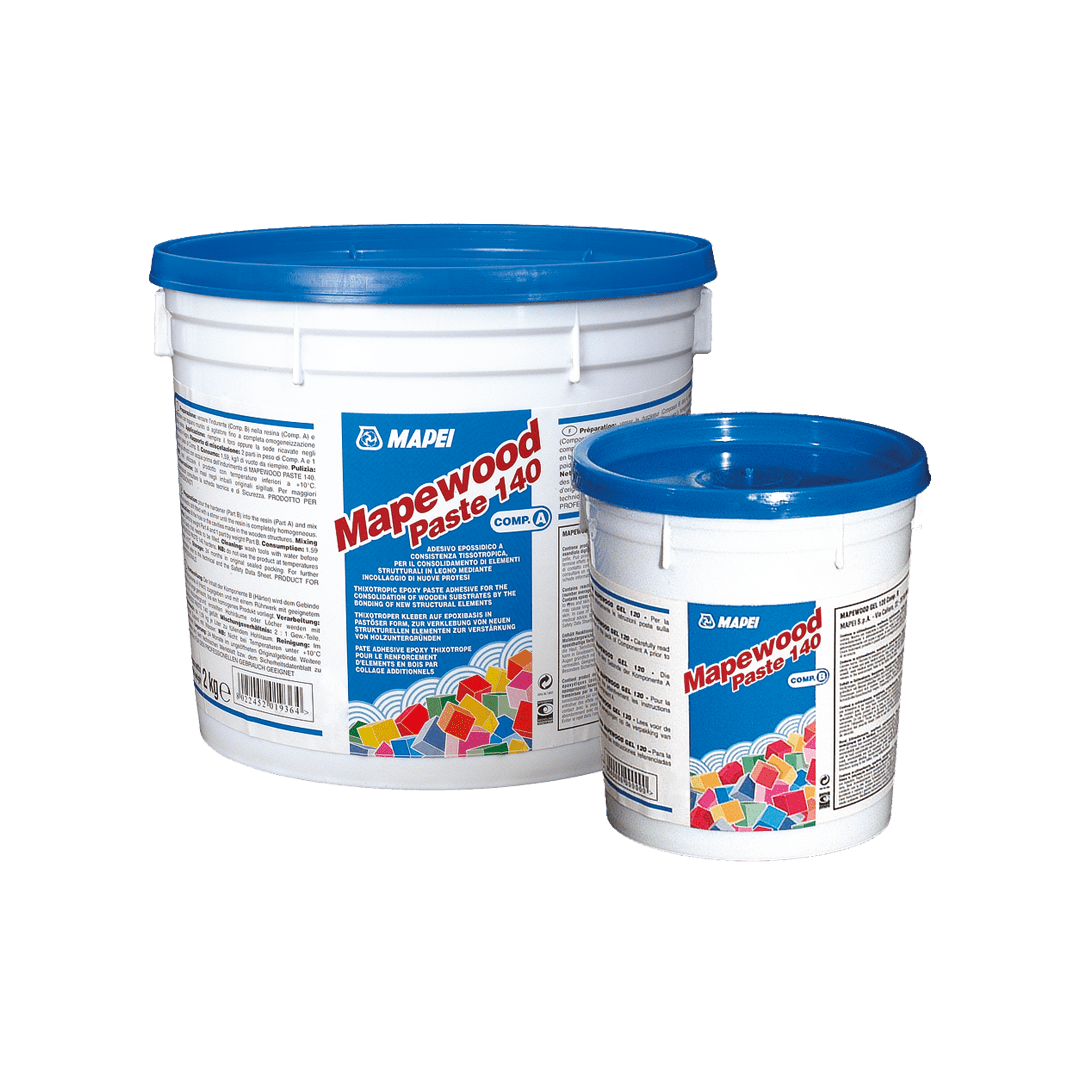


.jpg?sfvrsn=11ea0076_4)
.jpg?sfvrsn=f8ea0076_2)
.jpg?sfvrsn=8ea0076_4)
.jpg?sfvrsn=15ea0076_4)
.jpg?sfvrsn=9ea0076_4)
.jpg?sfvrsn=14ea0076_4)
.jpg?sfvrsn=f9ea0076_4)
